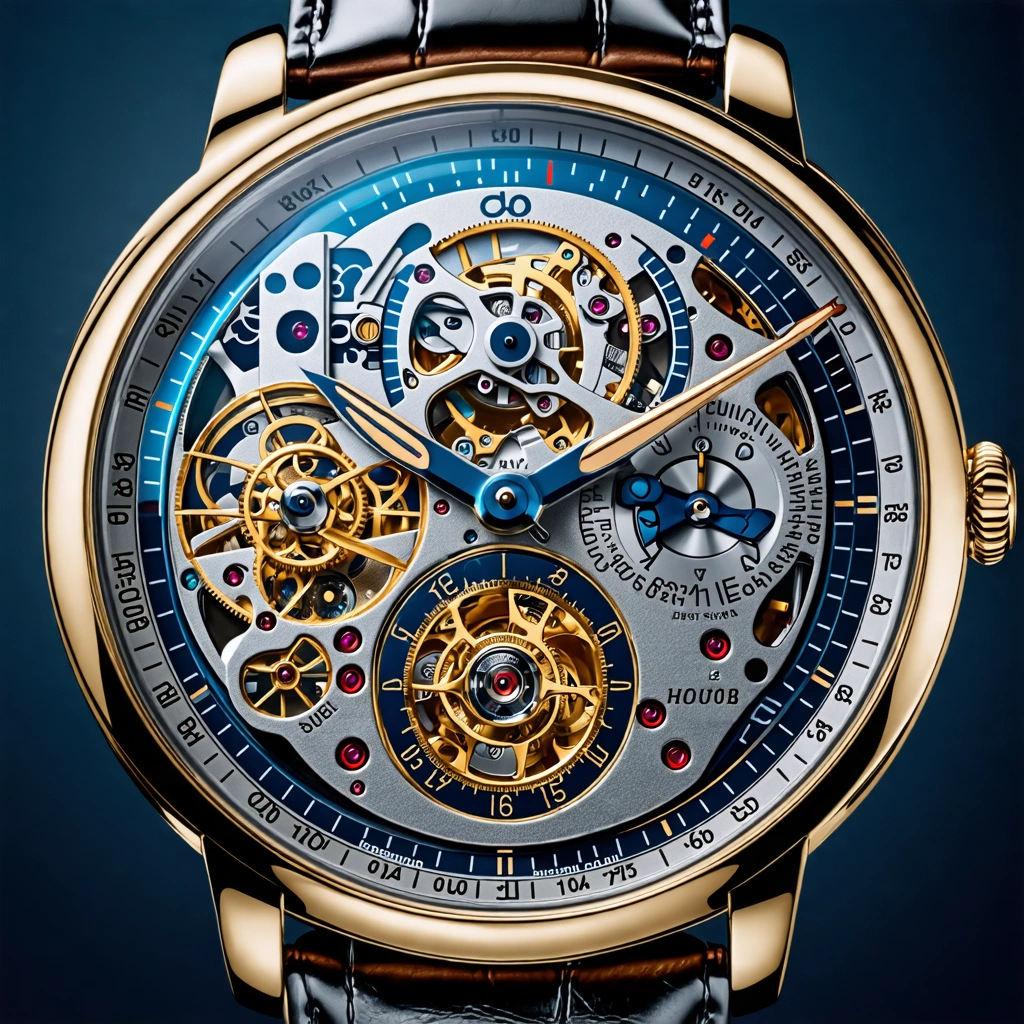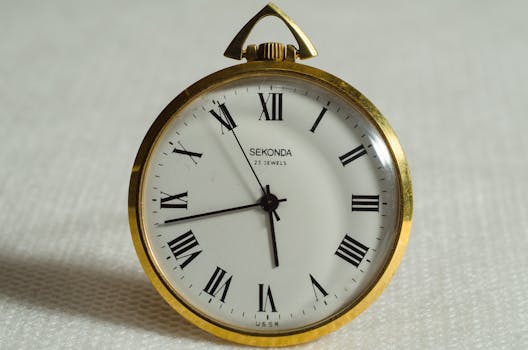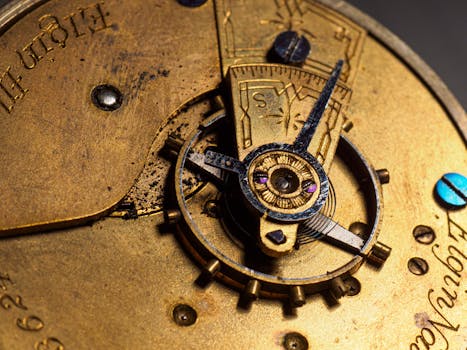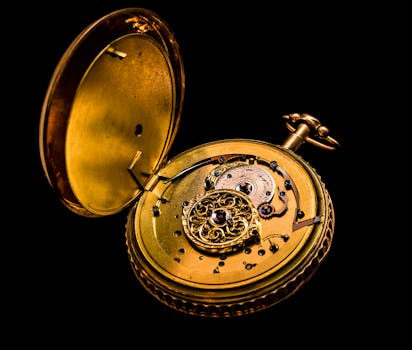
The Evolution of Watchmaking Techniques and Innovations
Takeaways: The history of watchmaking is a story of innovation and craftsmanship. From the earliest sundials and water clocks to the intricate mechanical movements of today, watchmaking has evolved significantly. Major advancements include the introduction of the balance spring, quartz movement, and smartwatches, each marking a pivotal moment in horological history.
Watchmaking is an art and science that has captivated humanity for centuries. Understanding its history reveals not only technological advancements but also the cultural significance of timekeeping. In this article, we will delve into the key techniques and innovations that have shaped the world of watchmaking, highlighting the milestones that have marked its evolution.
Early Timekeeping Methods

As societies evolved, so did their need for accurate timekeeping. The invention of the mechanical clock in the 13th century marked a significant turning point. These early clocks, often housed in towers, used gears and weights to regulate time. This innovation not only improved accuracy but also allowed for the widespread use of clocks in public spaces, changing how people perceived and organized their time.
The Birth of Mechanical Watches

By the 17th century, significant advancements in watchmaking techniques emerged. The invention of the balance spring by Christiaan Huygens in 1675 revolutionized timekeeping accuracy. This small spring regulated the oscillation of the balance wheel, greatly improving the precision of watches. As a result, watchmakers began experimenting with more complex mechanisms, leading to the development of new complications such as perpetual calendars and minute repeaters.
The Industrial Revolution and Mass Production

In 1840, the American watch industry emerged, with companies like Waltham Watch Company leading the charge in standardizing watch production. This era also saw the rise of pocket watches, which became highly popular among gentlemen. The manufacturing processes during this time laid the foundation for modern watchmaking, emphasizing precision engineering and quality control.
The Quartz Revolution
The late 20th century saw another significant shift in watchmaking with the introduction of quartz technology. In 1969, Seiko launched the first quartz watch, the Astron, which used a battery and quartz crystal to achieve unprecedented accuracy. This innovation marked the beginning of the “Quartz Revolution,” leading to a decline in traditional mechanical watch sales as consumers gravitated towards the effectiveness and affordability of quartz timepieces.
Despite this shift, the quartz revolution spurred a renaissance in mechanical watchmaking. Luxury brands responded by emphasizing the artistry and craftsmanship of their mechanical models. The resurgence of interest in mechanical watches highlighted the intrinsic value of traditional watchmaking techniques, showcasing the beauty of intricate movements and the skill of artisans.
The Rise of Smartwatches

Despite the digital wave, mechanical watches have maintained their allure, standing as symbols of luxury and craftsmanship. The coexistence of smart and mechanical watches illustrates the diverse needs and preferences of consumers in the modern world, proving that the art of watchmaking continues to evolve while honoring its rich heritage.






